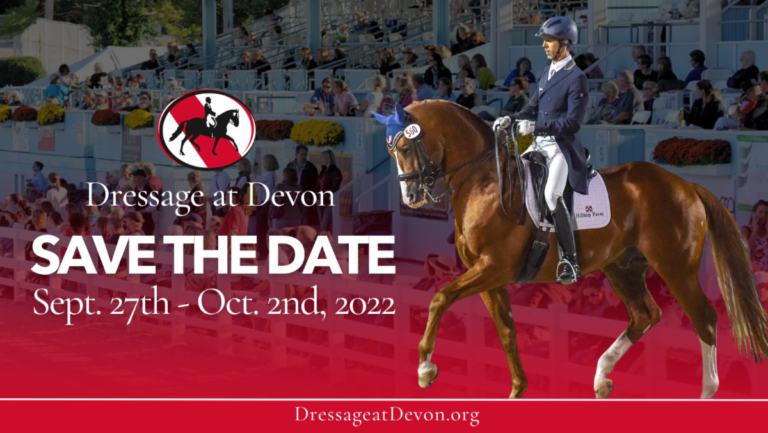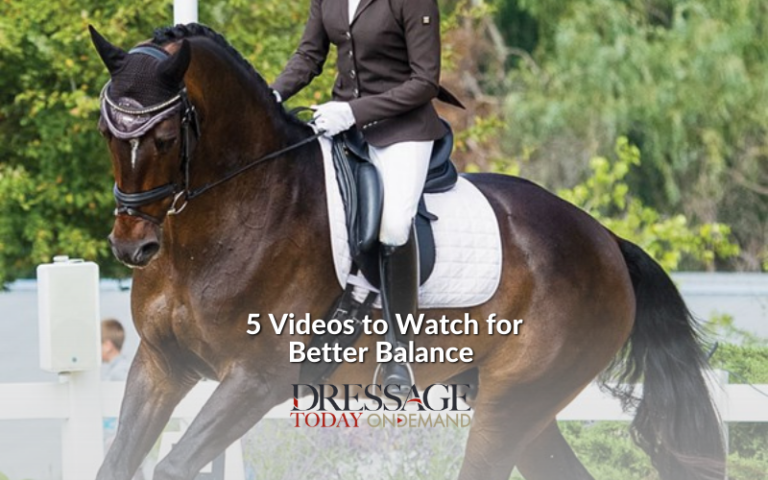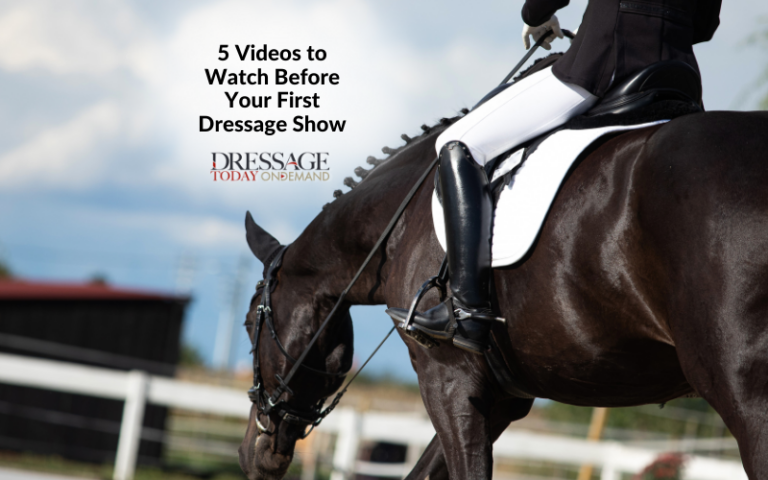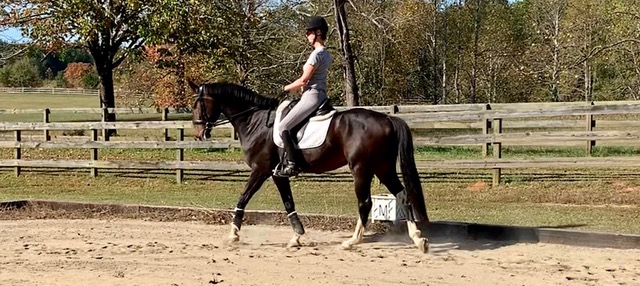I recently had the privilege of attending the U.S. Equestrian Federation’s pilot session for their Human Sports Science and Medicine program. It is available to the top dressage, eventing and show jumping riders in this country thanks to the support of Elizabeth Juliano. The program is designed to help riders improve their preparation for competition and performance by working on injury prevention and their imbalances.
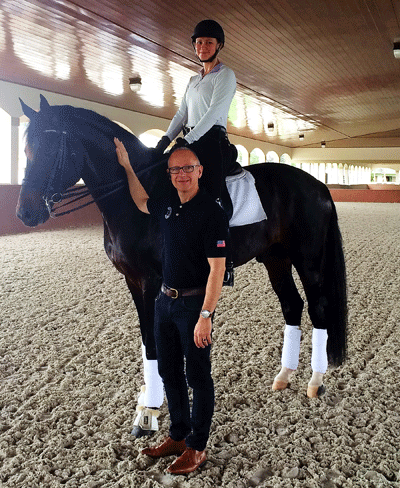
The program was held in Fair Hill, Maryland, during the time that Dutta Corp. Fair Hill International Three-Day Event was running there. I didn’t really know what to expect going into the sessions with Andy Thomas. He has worked with many top athletes around the world, in many different sports, including Valegro’s rider, Charlotte Dujardin.
My private session was only about a half-hour, but within the first few minutes, he was able to pinpoint every imbalance in my body. He runs through a series of relatively simple tests to figure out which side is your “tight/strong side” and which side is your “loose/weak side.”
The first thing he did was have me lie on my back on a table, with my legs up in the air and knees bent.He held my right foot and rotated my leg outward, to test my range of motion. My leg easily swiveled well past 90 degrees from its starting position, yet I felt hardly any tightness or resistance in my hip. Then he tried the same thing with my left leg, and I was shocked when he could barely rotate it outward at all. It was so tight and started to hurt when he tried to rotate it. Andy explained that people usually have a strong side in their hip area and they will always tend to shift weight towards that side. This consequently usually makes their strong side also very tight, as the muscles contract for stability.
Next he had me stand against a wall, with my heels, butt, back and head touching the wall. He told me to raise my right leg toward my chest, and not let my body move side to side at all. Raising my right leg was easy, as all my weight was transferred onto my left side. But when I tried to pick up my left leg, I wobbled all over the place, because my right side was unstable for bearing the weight.
I was a surprised by these findings, because I am right-leg dominant. I kick a soccer ball with my right leg. Wouldn’t that be my strong side? But as Andy explained, “No, when you kick a ball with your right leg, you are shifting all your weight over into your left hip and leg to stabilize yourself.” Very interesting! And it totally makes sense, when you think about the mechanics of what is going on.
We ran through a series of these body tests, to pinpoint all the imbalances in my body. The basic result was that I am tight on my left and weak on my right (in the general hip/core/upper leg area). Andy then gave me a series of simple exercises to do every day, to help balance myself and become a more symmetrically strong athlete, and thus a more symmetrical rider.
What was really fascinating to me was learning how these imbalances impact your riding. Every rider has their own little “bad habits” with their position; things that they constantly have to work on and remind themselves about. For instance, my left shoulder likes to twist forward and upward, while my right shoulder likes to twist down and back. I always have to tell myself, “Keep your left shoulder down” when I’m riding. What I wasn’t aware of is why this was happening.
I asked Andy how this was related to his findings, and he gave a very simple example. He had me stand up and shift my weight to the left, pushing my hips to the left (which is what we found out my body likes to do to stabilize itself when I’m riding).
How did my upper body automatically react when I did this? My right side caved in, causing my right shoulder to drop, and my left shoulder automatically went up and forward, to compensate and keep myself in balance So, rather than always fighting to just “keep my left shoulder down” when riding, what I really needed to do was focus on shifting my balance so I was pushing more into my right hip and settling into my right hip/leg to stabilize myself and become more symmetrical. My left shoulder coming up was more a symptom than the actual problem, which is why I’ve been working on it for years, yet still have to constantly remind myself about it.
The exercises Andy gave me will help me become more symmetrically strong. By focusing on fixing the imbalances in my body, my position in the saddle will become more balanced and therefore the horse will have an easier time executing movements symmetrically and correctly.
Every rider knows that their position is of the utmost importance, and we all work on it constantly. I can watch a rider and instantly pick out their position flaws or imbalances, but what was so great about this program was that it allowed me to get a much better understanding of why a rider would have these problems with their position. Finding the origin of these asymmetries and imbalances allows a rider to correct the problem at its true source, making them a more balanced and effective rider, enhancing the horse’s performance and ultimately competition results.
As a follow-up to Fair Hill, Andy came to TYL farm in Wellington, Fla., where I am based for the winter. He wanted to watch the riders from the original clinic on their own horses and analyze them while they were in the saddle. That way, he could see how his findings translated to our position on a horse, so that he could give us more help.
I recently arrived in Florida with 15 horses for the winter. I am ready to jump into this show season with all I have, and my fitness programnow will have a great new component to it, thanks to what I learned at the Human Sports Science session. I’m excited to see if the exercises from this program can improve my riding. I’ll let you know!


